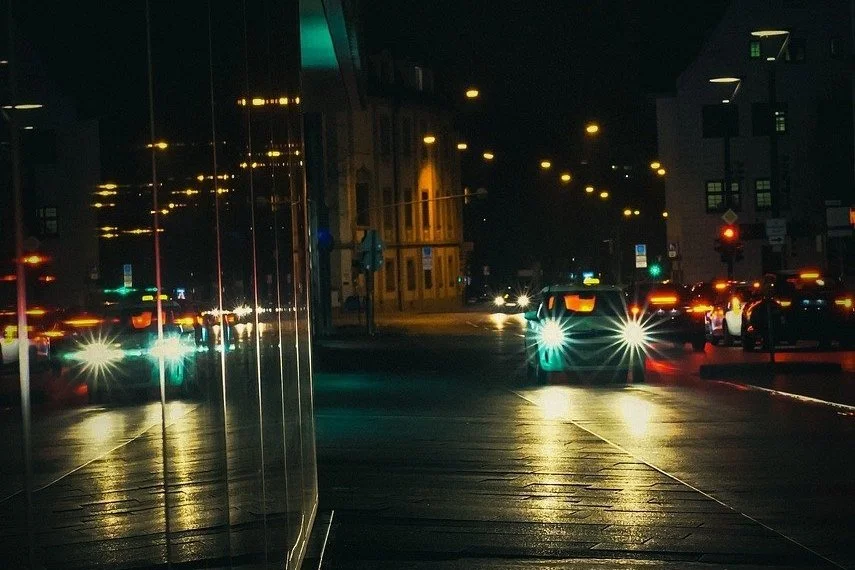Don’t want all that razzle dazzle
Premium quality automotive accessory specialist, Ring, is explaining the causes of dazzling headlights.
After the topic of glaring headlights hit the national media, Ring is reinforcing facts to bring understanding to this topic.
Ring has been a driving force in the industry, alongside its parent company OSRAM, to ensure that standards are being met when it comes to the performance and safety of headlights. The company revealed earlier in the year that during a routine test it undertook of bulbs in the marketplace, thirty three bulbs from five manufacturers were tested, with sixteen – almost half – found to be illegal. This is just one example of the part Ring plays to ensure bulbs in the UK are safe and compliant.
However, the topic of glare and dazzle from headlights continues to be discussed, with many not understanding the underlying causes.
The most common is unfortunately inconsiderate drivers that are not dropping from high beam to low beam. While there is a time and place for high beam, inappropriate use is down to driver behaviour and not due to the car or its headlights.
Another cause is misalignment, so if a bulb hasn’t been fitted correctly, it is not set in the headlight unit correctly, therefore can cause dazzle drivers rather than putting light on the road as intended, as the bulb is pointing in the wrong direction.
There are also more SUVs on UK roads than ever before, their lights are naturally higher than on conventional vehicles and, although this shouldn’t cause dazzle, the effect may be accentuated when driving up or downhill.
Retrofitting bulbs is an unregulated market, so anyone can replace their regular bulbs with cheap HID kits or LED bulbs bought online and that are not designed to conform to legal regulations. Whilst some comply with the law, others are illegal and may be throwing out too much light in a less controlled way.
The final, and most worrying reason, is poor quality bulbs, of which there are many, as brands cut costs by producing cheap and unregulated bulbs with no research, testing or quality control.
There has also been confusion over LEDs causing glare on the road. LED bulbs are currently not road legal and should not be confused with LED light units that are a non-replaceable component. Many new vehicles that use these LED light units have been homologated with the headlamp units. These LEDs are road legal. LED bulbs though, remain not road legal. They have not been designed to work with the headlamp units for halogen bulbs and so cause glare..
There are brighter bulbs in the market that are popular, which do put more light onto the road, however that’s only where the light is needed and does not cause glare or dazzle. High quality materials and detailed engineering ensures the light output is maximised onto the road, conforms to the legal cut off marks and is not scattered across into the other lane to dazzle. The whiter lights used in these are more noticeable and humans eyes are drawn to notice whiter colour temperature light, but that is different to causing glare.
Marketing Director for Ring, Henry Bisson, said: “Glare and dazzle continue to be a massive discussion point among drivers, so we are regularly asked about it. However, there is a lot of misinformation out there. We feel that it’s a duty of ours to comment on these issues and use our knowledge and expertise to convey the facts.
“We have also found that drivers are asking their technicians or factors about the issues, so we wanted to explain all of the possible causes so that they can be fully informed and pass on the message to drivers who are concerned. It’s important that we educate the market wherever we can and this is just one instance where we have knowledge to share and are happy to do so.”

